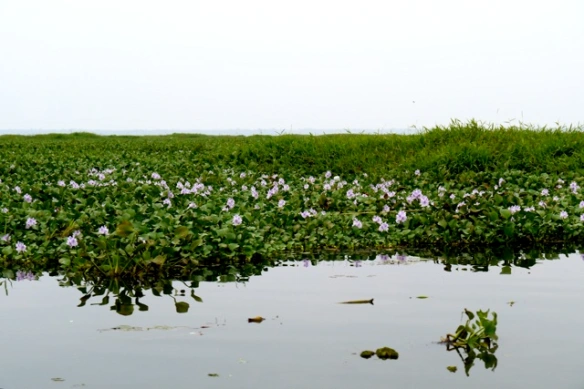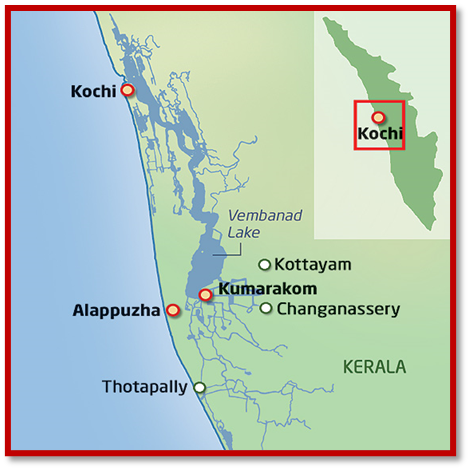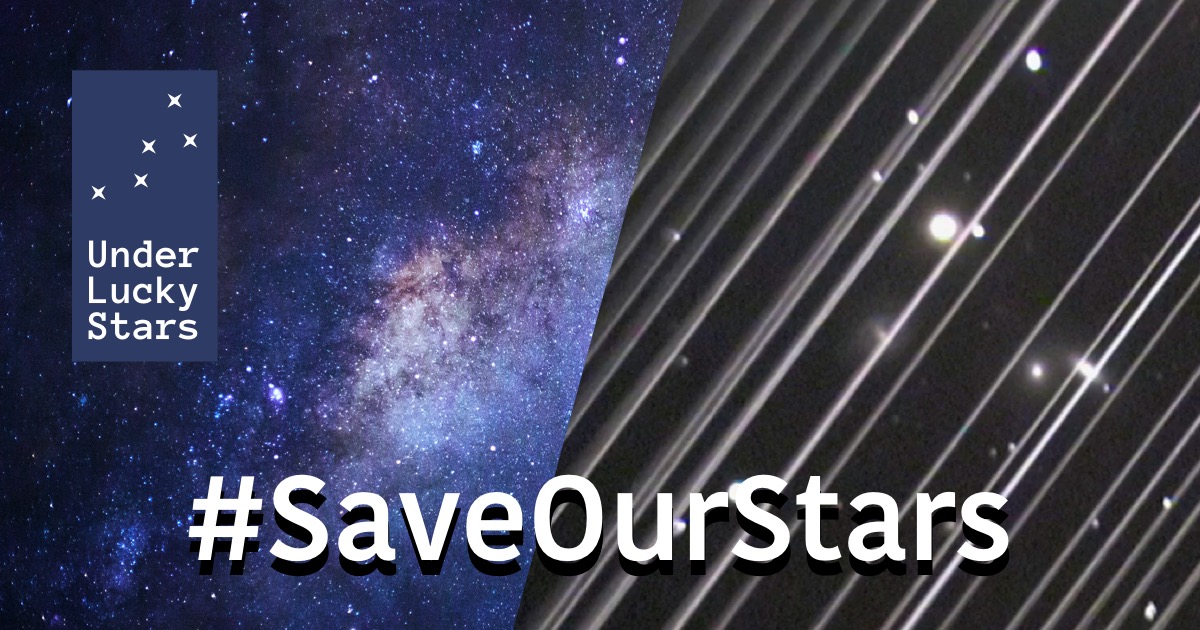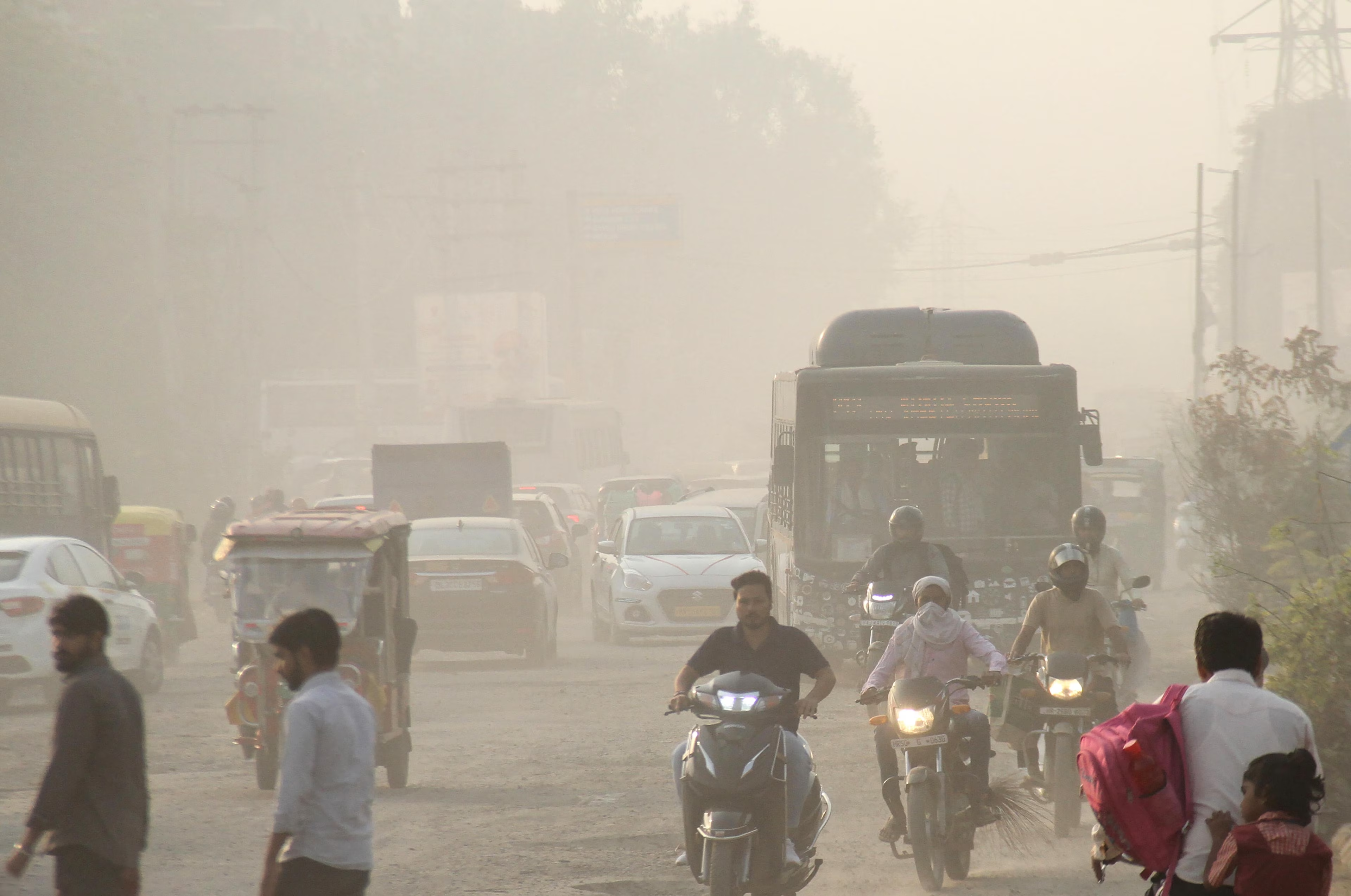The Hindu : Page 03
Syllabus : Prelims Fact
The Vembanad lake in Kerala’s Kottayam district is heavily infested with water hyacinth, an invasive species that disrupts aquatic ecosystems by harming fish and other species, and impeding water flow.

About Water Hyacinth:
- Water hyacinth (Pontederia crassipes) is an invasive species native to South Africa.
- The plant has naturalised itself in many other parts of the world.
- While the plant has some uses too, when it covers the entire surface of a water body, it becomes a threat to aquatic biodiversity.
- Macrophytes like water hyacinth can’t be outrightly placed in a harmful or useful category
- Water hyacinth acts as a water purifier by removing heavy metals from water when present in small quantities.
- However, the plant is a prolific spreader and when it covers the entire surface of a water body, it does not allow sunlight to penetrate the water and also starts depleting oxygen.
- This leads to death of aquatic animals and plants, which in turn decompose and further reduce oxygen levels
- The presence of water hyacinth indicates that there are high nitrogen levels in the water
- It is a symptom of an underlying problem and how the water nutrients behave.
- It also indicates a lack of effective competing factors to prevent its growth.
About Vemband Lake:
- Vemband is the largest lake in Kerala and the longest Lake in India.

- It is also known as Vembanad Kayal, Vembanad Kol, Punnamada Lake (in Kuttanad) and Kochi Lake (in Kochi).
- The lake has its source in four rivers, Meenachil, Achankovil, Pampa and Manimala.
- It is separated from the Arabian Sea by a narrow barrier island and is a popular backwater stretch in Kerala.
- Vallam Kali (i.e Nehru Trophy Boat Race) is a Snake Boat Race held every year in the month of August in Vembanad Lake.
- In 2002, it was included in the list of wetlands of international importance, as defined by the Ramsar Convention.
- The Government of India has identified the Vembanad wetland under the National Wetlands Conservation Programme.
- The Kumarakom Bird Sanctuary is located on the east coast of the lake.





